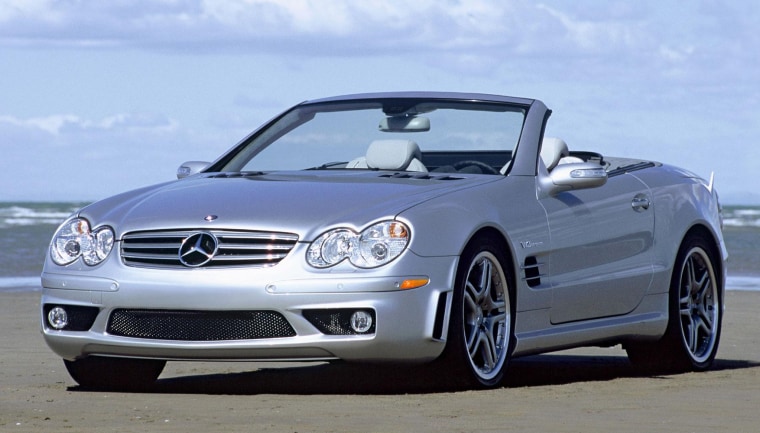Insurance companies set rates according to how much they expect to shell out if you should wreck your car. They also factor in the probability that you will wreck your car, based on the composite histories of people who own the same model. These ten most expensive models to insure are pricey vehicles to begin with. On top of that, they possess idiosyncrasies that can contribute to higher repair costs.
High-performance models made for athletic, aggressive driving are more likely to tempt you to make risky maneuvers. Powerful engines entice you to drive faster, which not only increases the likelihood of accidents, but also can increase the severity of damage if you do encounter an unavoidable obstacle.
Other idiosyncrasies drive up the cost of repairs after you encounter such an obstacle. Lightweight materials like aluminum can cost more to straighten than plain old steel. Sport suspensions and brakes can require more time in the shop to repair. They can demand more skill from technicians and call for expensive replacement parts. The same applies to exotic engines; complicated mechanisms like, say, retractable hard tops; and to sophisticated electronic systems such as adaptive suspensions. Even the location of such systems can be a factor.
For example, the expensive radar sensors used by adaptive cruise control are typically hidden in the front end, where they're particularly prone to damage even in minor dust-ups.
Our list was compiled for ForbesAutos.com from ratings published by the Insurance Services Office and we arranged the cars from the highest manufacturer's suggested retail price to the lowest. The information was pulled together by John Paul, a manager for AAA's Southern New England branch. These vehicles receive the highest risk rating for vehicle damage that the ISO assigns. Technically speaking, in June 2005 (the service updates the rankings regularly, as vehicle histories change), these cars and SUVs received a rating of 27 on a scale of one to 27.
These numbers, also called the Vehicle Symbol Rating, were calculated based on each new make, model and price range, or an estimate of the value using the current MSRP. So for example, all new vehicles that list for $80,000 or more will be given a VSR of 27, and that makes them equal insurance hazards according to ISO's methodology. From there, individual underwriters assign their own rates, which is why savvy consumers comparison shop among insurers.
This ranking applies only to the physical-damage portion of a policy. The price of personal-injury protection is computed separately but according to Highway Loss Data Institute's Kim Hazelbaker, the company's senior vice president, physical damage is the major component of a new-vehicle policy. Other factors also affect your individual insurance premium, especially the area in which you live and work and your personal driving record. A comparison of the relative insurance losses of all cars — a good indication of their relative insurance rates — is available in the report "'Injury, Collision and Theft Losses by Make and Model,"' at HLDI's website.
The list shows that insurance rates are granular: They break down into particular versions of vehicles.
For example, a 50-year-old husband and wife who own a home in Washington, DC, have clean driving records, and finance a basic, 2005 Porsche Cayenne will pay $1,666 annually for the recommended policy from Progressive.com. But if the Cayenne is the turbocharged version, the couple's annual premium jumps to $2,097.
